SUMMARY
This is AI generated summarization, which may have errors. For context, always refer to the full article.
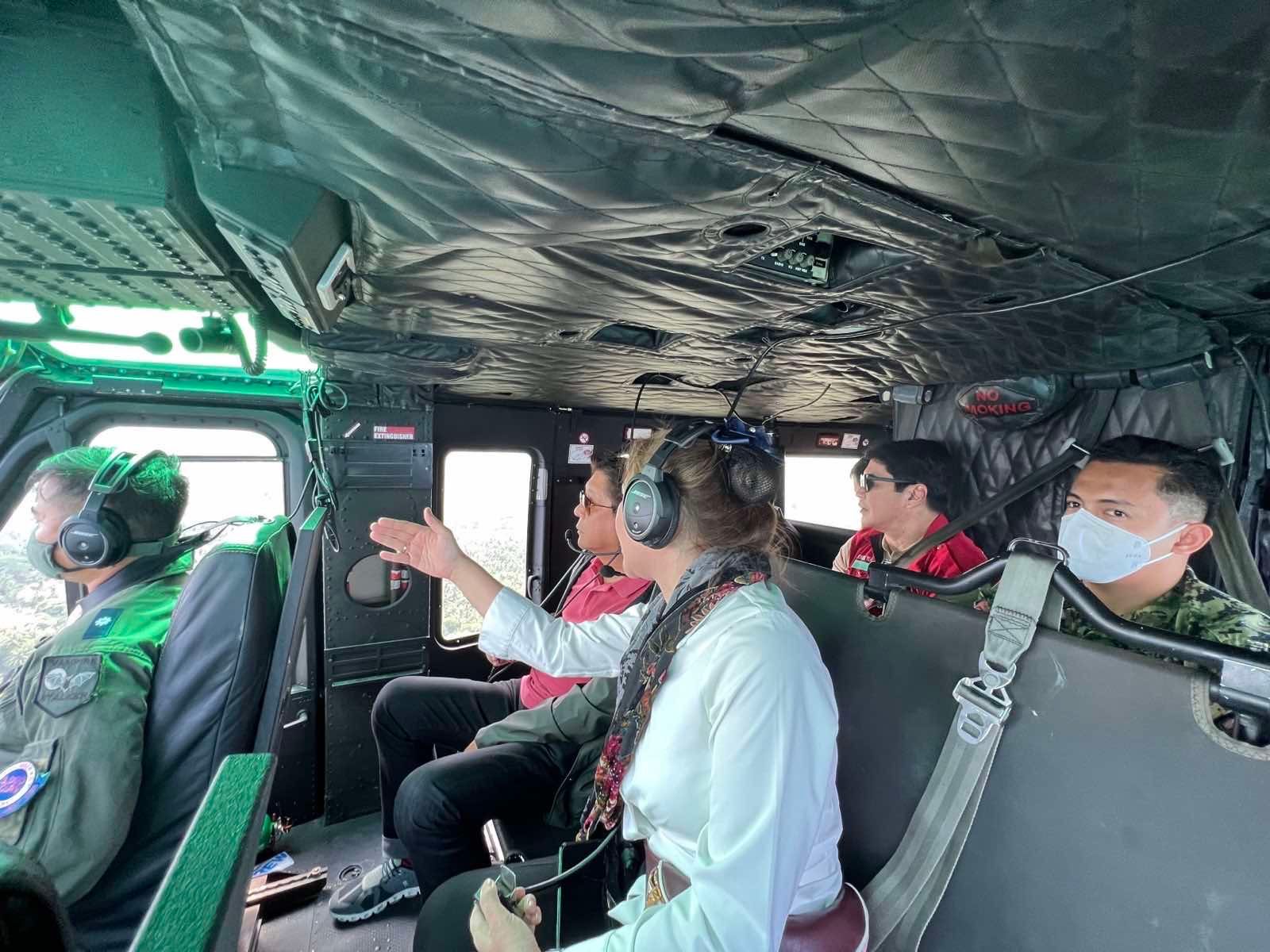
CAGAYAN DE ORO, Philippines – President Ferdinand Marcos Jr. blamed the devastation caused by Severe Tropical Storm Paeng (Nalgae) in the Maguindanao provinces on deforestation, substandard flood-control infrastructure, and poor planning.
Marcos also called out local officials for working separately in providing relief aid to thousands of people displaced and adversely affected by the floods and landslides spawned by Paeng late last week.
The death toll in Maguindanao climbed to 61 deaths as of Monday morning, October 31, according to Maguindanao del Sur Governor Mariam Mangudadatu who briefed Marcos on Tuesday, November 1, about the extent of destruction caused by the flooding and landslides.

The environmental disaster also adversely affected 124,501 families in 370 of 508 villages in the two Maguindanao provinces.
Local officials said more than 600,000 people were either displaced or chose to stay in their flooded homes when Paeng unleashed its fury on the Maguindanao provinces late last week.
Tree-planting
Marcos said he noted during his aerial inspection that areas devastated had thinning forest covers.
“Na-notice ko lahat ng gumuho, kalbo ang bundok (I noticed that all areas where disaster struck had no trees),” Marcos said.
He ordered massive tree-planting to be incorporated into the government’s flood-control strategy.
“Hindi maliit na bagay iyan (It’s not a small matter)…. It is to save lives. Kung may kahoy iyon sa taas, hindi nangyari iyan (If there were trees in the uplands, the disaster would not have happened)…. We keep on cutting our trees,” said Marcos.
He also called on officials involved in flood-control work to tap non-governmental organizations for reforestation initiatives.
Mangudadatu, meanwhile, called on the Department of Public Works and Highways (DPWH) to speed up the construction of flood-control projects in Sultan Kudarat, South Cotabato, and Cotabato provinces.
She said Maguindanao is the natural catch basin of its neighboring provinces.
Climate change and bad dikes
Marcos asked government planners to study the region’s flood-control infrastructure network and river systems.
He said he saw substandard dikes, some of which were made only of single layers of hollow blocks.
Marcos said the government won’t be able to do much to improve the infrastructure problem until the rainy season is over.
The state-run Philippine Atmospheric, Geophysical and Astronomical Services Administration (PAGASA), he said, was anticipating at least four more tropical cyclones before year-end.
Marcos said government planners should also factor in climate change in flood-control measures and disaster risk reduction management.
He pointed out that flood paths and weather patterns have been changing in recent years.
Cyclones, he said, have rapidly intensified in a matter of hours.
“Talagang may climate change (Climate change is real),” Marcos said.
He added, “That’s why we have to study the pre-positioning of our equipment and adjust.”
‘Join forces’
Marcos directed the Bangsamoro Autonomous Region in Muslim Mindanao (BARMM) and Maguindanao officials to collaborate in bringing relief aid to the needy.
He said the government should make its standard operating procedures in times of disaster efficient.
“You need to join forces, and maximize your resources” to improve relief operations, he told BARMM and Maguindanao officials.
Marcos also called on local governments and social welfare workers to rid the relief operations of bureaucratic red tape.
He said, “‘Wag na natin masyadong intindihin ‘yung bureaucracy. Basta iparating na natin ang relief. Eh, ano kung magdoble-doble?.… Alam mo naghihingalo ‘yung tao. Life and death ito sa kanila.”
(Don’t mind the bureaucracy. Just give the relief aid. So what if people get relief aid twice?.… You know people are struggling. It’s a matter of life and death to them.)
Marcos added: “There is no such thing as sobra na relief. No such thing. Kung ano ‘yung meron tayo ibigay natin kaagad, and it doesn’t matter kung may papel. ‘Wag na ninyong papirmahin. Walang kakainin ang mga ‘yan.”
(Whatever we have, let’s give it to them immediately. Don’t make them sign papers anymore. They have nothing to eat.) – Rappler.com
Add a comment
How does this make you feel?










![[In This Economy] Marcos’ POGO ban is popular, but will it work?](https://www.rappler.com/tachyon/2024/07/thought-leaders-marcos-pogo-ban.jpg?resize=257%2C257&crop=255px%2C0px%2C720px%2C720px)
![[Rappler Investigates] POGOs no-go as Typhoon Carina exits](https://www.rappler.com/tachyon/2024/07/newsletter-graphics-carina-pogo.jpg?resize=257%2C257&crop=424px%2C0px%2C1080px%2C1080px)










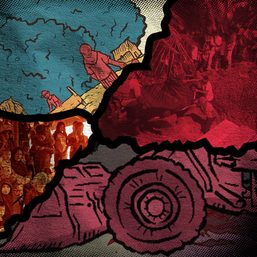


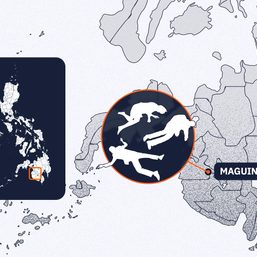
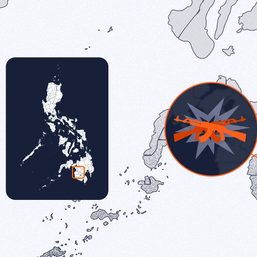
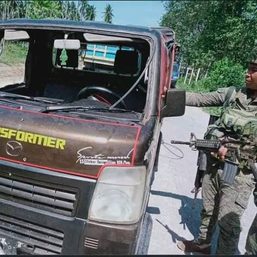




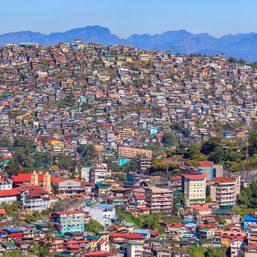




There are no comments yet. Add your comment to start the conversation.